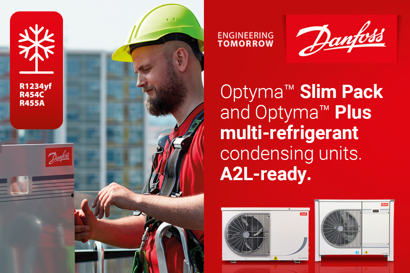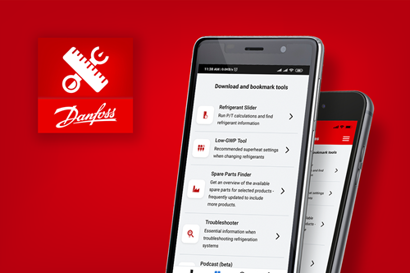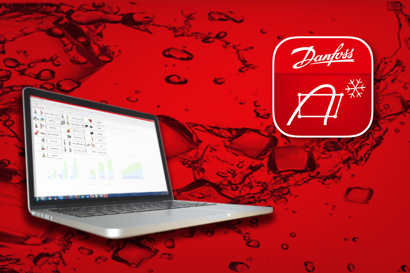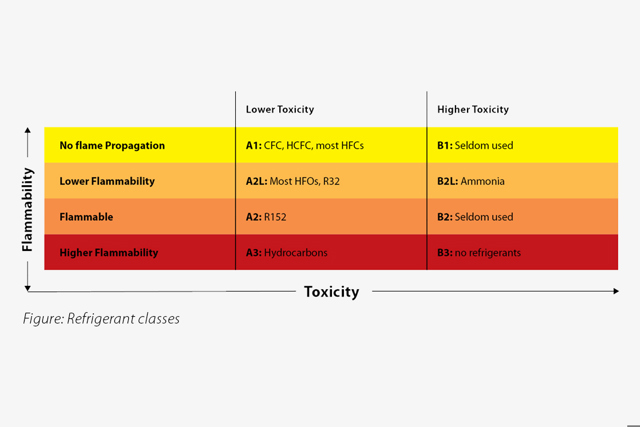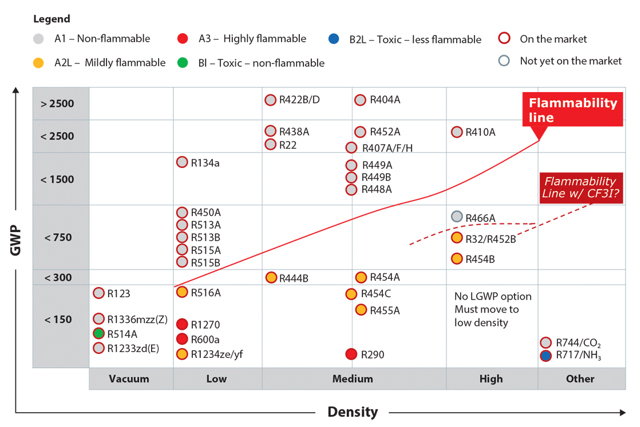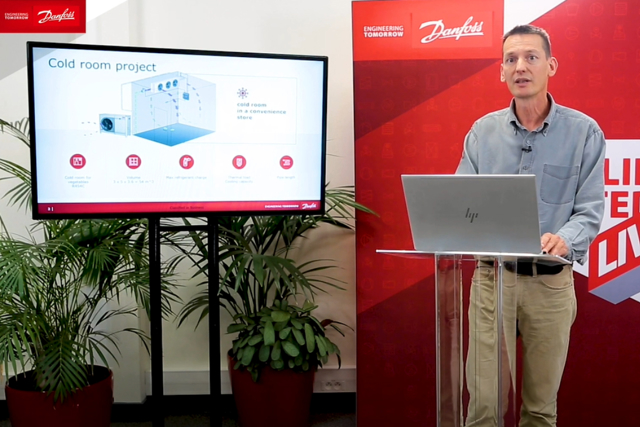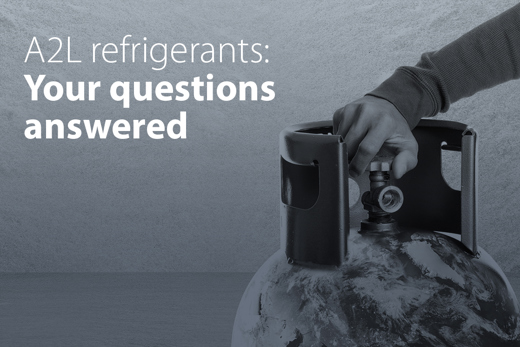
Non-toxic and mildly flammable, A2L refrigerants are gaining traction as a relatively easy way to further reduce global warming potential (GWP).
With the cooling industry successfully phasing down the use of higher GWP refrigerants, countless applications are now benefiting from refrigerants that are kinder to the environment. Now, the next step is to go further, and achieve ultra-low GWP.
Natural refrigerants like R290 and CO2 are being used for a wide range of applications. But for installers looking for a cost-effective option that maintains a conventional system design, A2L refrigerants are an excellent choice—offering a GWP saving of 90% and more.
Don’t be fooled by their flammability; with a few basic precautions, A2L refrigerants are safe and relatively easy to use. To give you the complete picture, here are our customers’ most frequently asked questions:
A2L refrigerants—the basics
Working with A2L refrigerants—safety and risk mitigation
A2L applications and refrigerant selection
